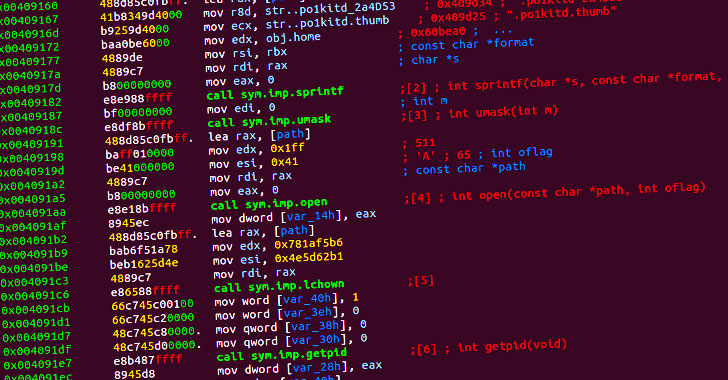ProxyLogon PoC Exploit Released; Likely to Fuel More Disruptive Cyber Attacks
Mar 11, 2021
The U.S. Cybersecurity and Infrastructure Security Agency (CISA) and the Federal Bureau of Investigation (FBI) on Wednesday issued a joint advisory warning of active exploitation of vulnerabilities in Microsoft Exchange on-premises products by nation-state actors and cybercriminals. "CISA and FBI assess that adversaries could exploit these vulnerabilities to compromise networks, steal information, encrypt data for ransom, or even execute a destructive attack," the agencies said . "Adversaries may also sell access to compromised networks on the dark web." The attacks have primarily targeted local governments, academic institutions, non-governmental organizations, and business entities in various industry sectors, including agriculture, biotechnology, aerospace, defense, legal services, power utilities, and pharmaceutical, which the agencies say are in line with previous activity conducted by Chinese cyber actors. Tens of thousands of entities, including the Eur...




































